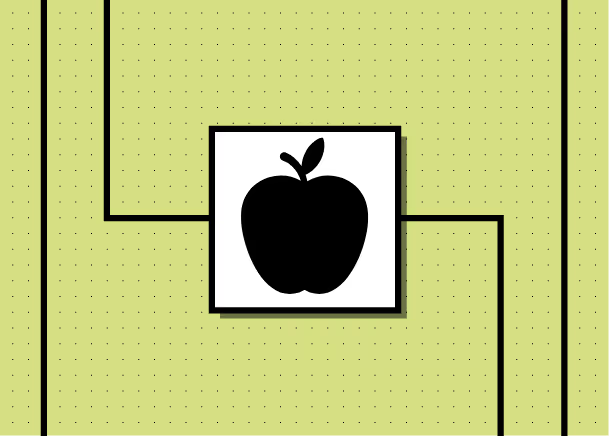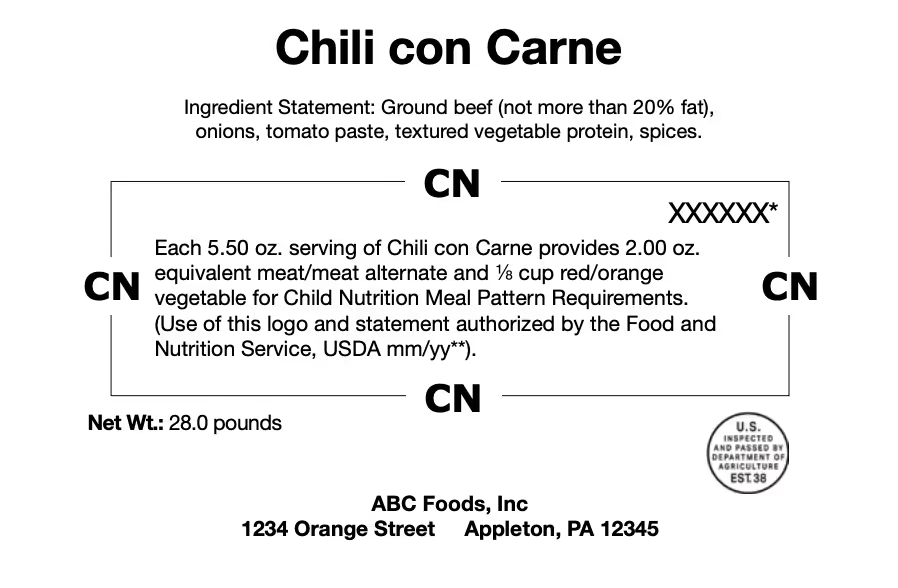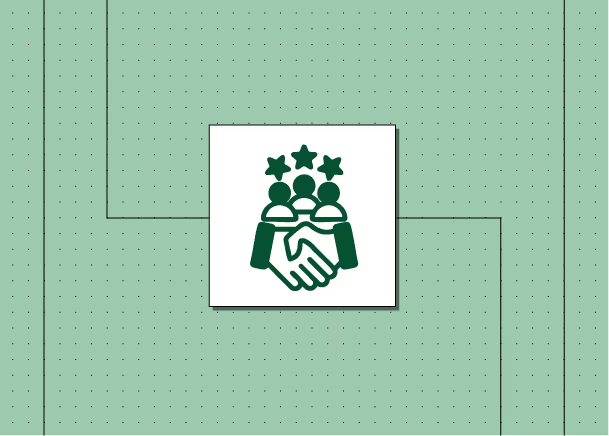Selling into K-12: The Knowledge You Need to Tap Into This Opportunity-Rich Channel


There are nearly 100,000 K-12 public schools in the U.S. serving tens of millions of meals each day. If you’re a food manufacturer, this channel presents a tremendous opportunity.
The demand in K-12 is high and consistent. Unlike restaurants, where traffic can fluctuate and doors can shutter, a public school has a student body that needs nourishment, and the district is tasked with feeding them.
While the potential in K-12 is huge, the channel has some intricacies you need to know about before you approach schools and districts.
This article will help you understand the finer points, so you can set yourself up to sell successfully into the K-12 channel:
- How does the K-12 food buying process work?
- Who manages school meal programs, and what are they looking for?
- How can you tailor your pitch to get your products noticed by K-12 decision-makers?
Let’s dive in!
Understanding the K-12 foodservice landscape
The USDA oversees the federal programs that ensure all kids can get healthful meals at school. Through the National School Lunch Program and the School Breakfast Program, public and non-profit private schools feed millions of children.
In the 2022-2023 academic year, 14.3 million students participated in breakfast programs and 28.1 million took part in lunch programs.
To ensure every student has access to meals, the programs offer free or reduced-cost food for those who meet certain income requirements or other criteria.
Schools are eligible to receive government reimbursements for the meals they provide. The federal government adjusts its reimbursement amounts based on whether the meal was free, reduced-cost, or paid for by the student.
These meals must also meet specific nutrition standards, which are set at the federal and, sometimes, local levels. (You can see the federal guidelines here.) Plus, serving a large and diverse student population means menus should account for common allergens, dietary restrictions, and religious accommodations.
It’s a lot to think about, and the task of designing menus and buying food falls to a school district’s nutrition director. The nutrition director is a critical stakeholder for manufacturers looking to sell into the K-12 channel.
Unlike colleges and universities, the vast majority (82%) of K-12 schools are self-operated, not handled by contract managers. That means the individual nutrition directors have significant control. You can do yourself a huge favor by understanding what they’re thinking about as they assess a new food product.
What nutrition directors want to see from food manufacturers
The nutrition director has a lot on their plate. When you approach them as a food manufacturer, they’re using a pretty hefty rubric to assess your product fit.
Here’s what nutrition directors are thinking about as they review your message and product sample:
- Nutrition guidelines: They need each product to meet federal and sometimes local requirements. Does your product fit within those bounds? For example, the USDA is lowering sodium limits; do you have a low-sodium alternative to a common product?
- Student demographics: They may serve a district with specific dietary needs, like a student population that requires Kosher options or a large vegetarian population. Is your product a fit for those with dietary restrictions? Or do you have any special certifications or designations (e.g., Kosher, Halal, etc.)?
- Allergens: The “Big 9” represent the leading causes of food allergies in the U.S. Is your product allergen-free?
- Cost: The national average reimbursement for free school lunches in the contiguous U.S. is $4.43 and $4.03 for reduced-price lunches. How does your pricing fit within that rather tight budget?
- Flexibility: Because of budget, nutrition directors seek foods that can do double-duty across meals and menus. How can your product slate into the Tuesday breakfast menu and the Thursday lunch plan? And will it stay fresh to fit into both meals?
- Operations: Staff shortages have become a major challenge in K-12 kitchens. Any labor-saving or shelf life benefits you can highlight are big pros.
- Their kids: They want to serve students healthful meals that kids are excited to eat! Is your offering fun and enticing to young palates?
But perhaps their biggest consideration is this: Nutrition directors have worked in this field for years and have seen a lot of the same thing. They’re genuinely excited by new options, and want to find products that will drive up student participation rates.
We’ve found K-12 to be a highly testable channel for this very reason. Nutrition directors are transparent about what they want, and they’re often more receptive to having a conversation and trialing a new product than the average restaurant operator. They have the flexibility to run a weeklong trial of a new product and see how students like it, as opposed to restaurants who incorporate any new items onto a fixed menu.
How the K-12 buying process works
Beyond the thought process of the nutrition director, it helps to understand the buying process in K-12. Knowing how it works may affect how you approach a school district with your pitch.
The nutrition director is typically hired at the district level, so they’re usually making district-wide purchasing decisions. When they go to buy, they have three main avenues available to them:
- If a district is purchasing high volumes of a specific item (as they might with something like pasta or bread), they use bid purchasing. The nutrition director will create a request for proposal (RFP) and invite manufacturers to bid on it. This is the typical way of buying in the K-12 space.
- Discretionary purchasing gives the nutrition director the flexibility to buy what they’d like and is typically used for smaller-volume orders.This option is great for getting started, since it allows nutrition directors to experiment and get your product in front of students. If all goes well, it might progress to a structured bid.
- The USDA also has a commodity purchasing program, which gives districts entitlement dollars to buy certain domestically produced fruits, vegetables, grains, dairy, and lean proteins in bulk.
Also in the mix? A familiar face: distributors. US Foods, Sysco, and Gordon Food Service are all big in the K-12 market. Plus, some school districts band together to form cooperatives, so they can buy as a unit and increase their purchasing power.
As you can see, the landscape is a bit complicated. But the chief stakeholder (and ultimate decision-maker) is often that nutrition director, so we suggest you keep your focus on their needs.
If they’re excited about you, they may opt to make a small purchase through their discretionary budget first. If the trial is a success, then they may create an RFP intending to buy your product at much larger volumes through bid purchasing.
4 actions to take before you sell into K-12
Phew! We made it through the basics — hopefully, you have a better sense of the K-12 landscape. Now, what do you do with that information?
There are the standard recommendations we’d make for reaching out to any new operator (segmenting your audience, crafting tailored messaging, and sending targeted campaigns).
But there are 4 steps specific to K-12 you should take as you get your sales strategy up-and-running.
1. Know your parameters. Familiarize yourself with nutrition guidelines and understand costing. Federal reimbursements and nutrition parameters will apply to all schools, but there may be state or local rules to know. Research all this before you begin outreach.
2. Obtain your CN labels. While not technically a requirement, main dish products that get a Child Nutrition label through the USDA make it easier for districts to calculate how the product contributes to meal pattern requirements.

3. Have supporting material ready. You likely already have sell sheets and menu suggestions, but tailor them to the K-12 audience. Recipe guides are an industry standard, so get those set up before any outreach!

4. Adjust your pack sizes. As you talk with nutrition directors, you may hear direct feedback about their needs, so be willing to change your standard pack sizes to suit this channel.
***
We’ve spent a lot of time selling into K-12, and we’re super passionate about the channel. What’s better than getting nutritious, exciting meals in front of kids?
We’re here to be your sounding board as you explore the space. Book some time and let us know in the notes that you want to talk K-12.
Share post
Read more

Washington Just Changed School Nutrition. Here’s What You Need to Know.

Hate Data Entry? First Bite Offers a Better CRM for Foodservice

Close Deals With These 3 Foodservice Outreach Sequences
Start closing better foodservice deals today
